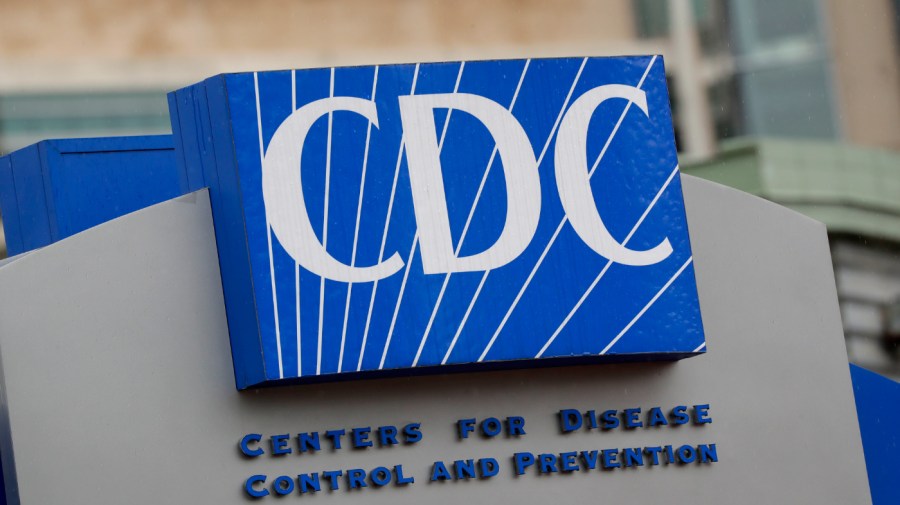About 1 in every 31 children were diagnosed with autism in 2022, according to a new report from the Centers for Disease Control and Prevention (CDC), continuing a trend of increases from previous years that researchers largely attributed to better screening.
The 2022 figure marks a slight increase from the report’s 2020 finding of 1 in 36 children with autism. The numbers varied considerably by region, race and gender.
Boys were diagnosed more than girls, and the highest rates are among children who are Asian or Pacific Islander, Black, Hispanic, and multiracial. That marks a continued shift of diagnoses initially identified in the 2020 report.
The agency’s Autism and Developmental Disabilities Monitoring (ADDM) Network has reported biennial autism spectrum disorder (ASD) estimates among 8-year-old children since 2000.
Eight-year-olds were more likely to be diagnosed, but the study also looked at 4-year-olds as a sign of early detection.
The study comes amid a heightened focus on autism from President Trump and Health and Human Services Secretary Robert F. Kennedy Jr.
Kennedy shared the new findings last week during a Cabinet meeting, where he announced a “massive testing and research effort” to identify the cause of the “epidemic” and “eliminate those exposures.”
During the meeting, Trump posited without any basis that autism could be caused by “something artificial” and “maybe it’s a shot.”
Scientists don’t know exactly what causes autism spectrum disorder, but research has shown it is primarily a genetic condition with some links to environmental conditions.
Kennedy, a longtime vaccine critic who helped found one of the most prominent anti-vaccine organizations, has spent decades vigorously promoting the theory that childhood vaccines have led to an increase in autism and chronic illnesses, despite many studies repeatedly showing otherwise.
“The autism epidemic is running rampant,” Kennedy said in a statement Tuesday following the release of the report. The statement further said the increase in autism prevalence “cannot be solely attributed to the expansion of diagnoses to include higher functioning children.”
Yet the conclusions of the CDC study undercut Kennedy’s claims.
ASD prevalence has been rising, but demographics have also been shifting, as autism diagnoses are now more prevalent in socially disadvantaged neighborhoods than wealthy ones.
CDC researchers said the demographic shift was consistent with increased access to identification services among previously underserved groups.
“Research has not demonstrated that living in certain communities puts children at greater risk for developing ASD,” the study concluded. “Differences in the prevalence of children identified with ASD across communities might be due to differences in availability of services for early detection and evaluation and diagnostic practices.”
Although prevalence has been lower among children aged 4 years than aged 8 years in each reporting year, there are consistently higher rates of ASD identification in younger children.
The study examined data from children across 16 communities. Broadly, it found locations that devoted more resources and services to early detection.
For instance, the California site had the highest prevalence of any location. But a local initiative trains hundreds of pediatricians to screen and refer children for assessment as early as possible. Regional centers throughout the state also provide evaluations and service coordination for people with disabilities and their families.
Autism education and advocacy groups said the findings should be a call to action.
“The updated prevalence report reflects both progress and persistent disparities … in when and how children are diagnosed—and the need for systems that can keep up with the growing population of autistic children and adults,” said Autism Speaks, a nonprofit advocacy and research group, in a statement.
The Autism Society directly refuted the idea that the rise in prevalence signals an “epidemic.”
Instead, “it reflects diagnostic progress, and an urgent need for policy decisions rooted in science and the immediate needs of the autism community,” the group said.

